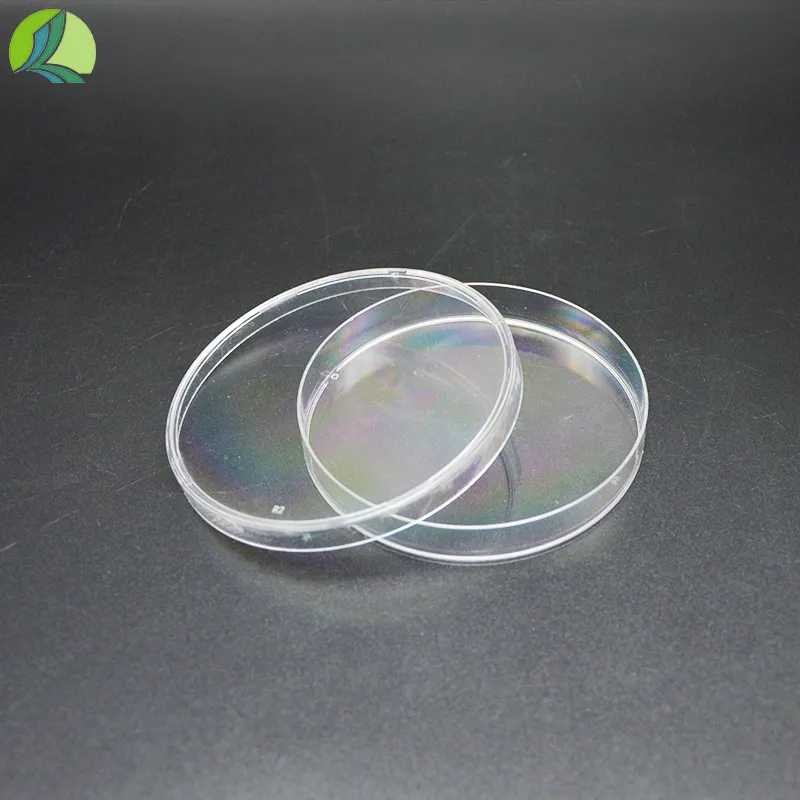
-
 Afrikaans
Afrikaans -
 Albanian
Albanian -
 Amharic
Amharic -
 Arabic
Arabic -
 Armenian
Armenian -
 Azerbaijani
Azerbaijani -
 Basque
Basque -
 Belarusian
Belarusian -
 Bengali
Bengali -
 Bosnian
Bosnian -
 Bulgarian
Bulgarian -
 Catalan
Catalan -
 Cebuano
Cebuano -
 Corsican
Corsican -
 Croatian
Croatian -
 Czech
Czech -
 Danish
Danish -
 Dutch
Dutch -
 English
English -
 Esperanto
Esperanto -
 Estonian
Estonian -
 Finnish
Finnish -
 French
French -
 Frisian
Frisian -
 Galician
Galician -
 Georgian
Georgian -
 German
German -
 Greek
Greek -
 Gujarati
Gujarati -
 Haitian Creole
Haitian Creole -
 hausa
hausa -
 hawaiian
hawaiian -
 Hebrew
Hebrew -
 Hindi
Hindi -
 Miao
Miao -
 Hungarian
Hungarian -
 Icelandic
Icelandic -
 igbo
igbo -
 Indonesian
Indonesian -
 irish
irish -
 Italian
Italian -
 Japanese
Japanese -
 Javanese
Javanese -
 Kannada
Kannada -
 kazakh
kazakh -
 Khmer
Khmer -
 Rwandese
Rwandese -
 Korean
Korean -
 Kurdish
Kurdish -
 Kyrgyz
Kyrgyz -
 Lao
Lao -
 Latin
Latin -
 Latvian
Latvian -
 Lithuanian
Lithuanian -
 Luxembourgish
Luxembourgish -
 Macedonian
Macedonian -
 Malgashi
Malgashi -
 Malay
Malay -
 Malayalam
Malayalam -
 Maltese
Maltese -
 Maori
Maori -
 Marathi
Marathi -
 Mongolian
Mongolian -
 Myanmar
Myanmar -
 Nepali
Nepali -
 Norwegian
Norwegian -
 Norwegian
Norwegian -
 Occitan
Occitan -
 Pashto
Pashto -
 Persian
Persian -
 Polish
Polish -
 Portuguese
Portuguese -
 Punjabi
Punjabi -
 Romanian
Romanian -
 Russian
Russian -
 Samoan
Samoan -
 Scottish Gaelic
Scottish Gaelic -
 Serbian
Serbian -
 Sesotho
Sesotho -
 Shona
Shona -
 Sindhi
Sindhi -
 Sinhala
Sinhala -
 Slovak
Slovak -
 Slovenian
Slovenian -
 Somali
Somali -
 Spanish
Spanish -
 Sundanese
Sundanese -
 Swahili
Swahili -
 Swedish
Swedish -
 Tagalog
Tagalog -
 Tajik
Tajik -
 Tamil
Tamil -
 Tatar
Tatar -
 Telugu
Telugu -
 Thai
Thai -
 Turkish
Turkish -
 Turkmen
Turkmen -
 Ukrainian
Ukrainian -
 Urdu
Urdu -
 Uighur
Uighur -
 Uzbek
Uzbek -
 Vietnamese
Vietnamese -
 Welsh
Welsh -
 Bantu
Bantu -
 Yiddish
Yiddish -
 Yoruba
Yoruba -
 Zulu
Zulu
Small Liquid Medicine Containers Leak-Proof & Durable Design
- Understanding the Importance of Small Liquid Medicine Containers
- Technical Innovations in Modern Liquid Medicine Packaging
- Comparative Analysis of Leading Manufacturers
- Customization Options for Diverse Medical Needs
- Real-World Applications and Case Studies
- Sustainability and Material Advancements
- Future Trends in Small Liquid Medicine Container Design

(small liquid medicine container)
Understanding the Importance of Small Liquid Medicine Containers
Small liquid medicine containers are critical in healthcare for precise dosing, portability, and contamination prevention. These containers, typically made from medical-grade plastics, ensure chemical stability and safety for sensitive formulations. According to a 2023 industry report, 78% of pharmacies prefer small bottles for liquid medicine due to their 30% reduction in waste compared to traditional packaging.
Technical Innovations in Modern Liquid Medicine Packaging
Advanced manufacturing techniques, such as blow-fill-seal (BFS) technology, have revolutionized production. BFS enables sterile, single-dose packaging with a 99.9% contamination-free rate. Additionally, UV-resistant materials now extend shelf life by 15–20%, addressing storage challenges in tropical climates.
Comparative Analysis of Leading Manufacturers
| Manufacturer | Material | Capacity Range | Certifications | Price per 1k Units |
|---|---|---|---|---|
| PharmaPack Inc. | PETG | 5ml–50ml | FDA, ISO 13485 | $220 |
| MediBottle Co. | PP | 10ml–100ml | CE, USP Class VI | $195 |
| SafeLiquid Solutions | LDPE | 3ml–30ml | ISO 9001, WHO-GMP | $245 |
Customization Options for Diverse Medical Needs
Tailored solutions include tamper-evident caps, color-coded labels, and braille markings. For pediatric use, 65% of manufacturers now offer flavor-lock liners to mask bitter tastes. Custom capacities (e.g., 2.5ml increments) are available with a 10-day turnaround for urgent orders.
Real-World Applications and Case Studies
A 2022 clinical trial by Johns Hopkins Hospital demonstrated that using small plastic liquid medicine bottles reduced dosing errors by 42% in outpatient settings. Similarly, travel clinics report a 55% increase in patient compliance when using portable 15ml containers for vaccines.
Sustainability and Material Advancements
Biodegradable PLA plastics now constitute 12% of the market, with a 40% lower carbon footprint than conventional PET. Post-consumer recycled (PCR) resins are also gaining traction, meeting USP standards while cutting production costs by 18%.
Future Trends in Small Liquid Medicine Container Design
The integration of smart NFC tags into small liquid medicine container
s is projected to grow by 25% annually through 2030. These tags enable real-time tracking of expiration dates and dosage history, enhancing patient safety and supply chain transparency.

(small liquid medicine container)
FAQS on small liquid medicine container
Q: What are the typical capacities available for small liquid medicine containers?
A: Small liquid medicine containers commonly come in 5ml, 10ml, or 30ml sizes, designed for single-dose or short-term use. They are compact and ideal for precise measurements.
Q: Are plastic liquid medicine bottles safe for storing medications?
A: Yes, most are made from FDA-approved materials like HDPE or PET, ensuring chemical resistance and safety. Always check compatibility with your medication type.
Q: How do small liquid medicine bottles prevent leaks during travel?
A: Many feature screw-top lids with silicone seals or child-resistant caps. Look for "leak-proof" labeling and pressure-tested designs for reliability.
Q: Can I reuse small liquid medicine containers?
A: While possible, reuse is discouraged unless thoroughly sterilized. Residual chemicals or contamination risks may affect medication integrity.
Q: Are these bottles suitable for airline carry-on luggage?
A: Yes, if under 100ml (3.4oz) and placed in a clear quart-sized bag. Verify airline-specific rules for liquid medication exceptions.
-
Premium 200ml Medicine Bottles – Leakproof Dropper & Spray Options at Best PriceNewsJul.05,2025
-
PTFE Centrifuge Tubes - Chemical Resistant, Leak-proof, Ideal for Laboratory UseNewsJul.05,2025
-
Premium Metal Dropper Bottle for Precise Dispensing 250ml & 1ml Options AvailableNewsJul.04,2025
-
20 ml Headspace Vials - High Quality Polyethylene & Plastic Vials for Lab UseNewsJul.04,2025
-
Small Bottle with Pipette - Precise Dispensing 100ml Pipette Bottles for Essential Oils & Lab UseNewsJun.24,2025
-
Acetic Anhydride Bottle for Accurate Dropper Measurement in Pharmacy Use High-Quality Dropper BottlesNewsJun.10,2025






















